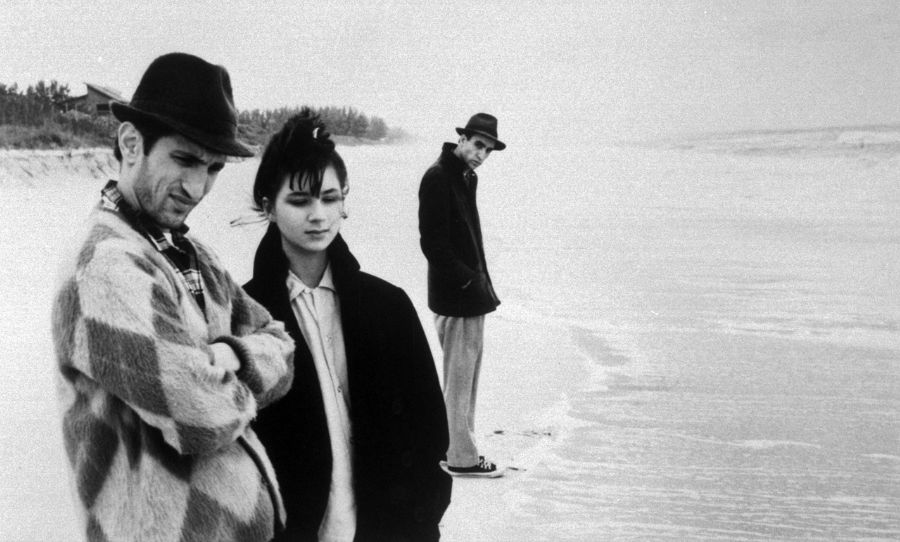Every artist has their muse. For some it’s a lover, for some a friend, for some a feeling. For Lumino’s Way, it’s a meditative technique – astral projection.
Entering a carefully orchestrated headspace, he’s able to travel amongst the stars in his astral form – an experience which shaped his latest single B’Fore. Whizzing between the constellations sounded pretty damn good to us, so we reached out to Lumino’s Way for a few quick tips.

Success with astral projection takes a good deal of patience and persistence. I’ve chosen here three of the handiest exercises to help get started.
Slow the heartbeat
The prerequisite to astral projection is that the body be fully relaxed. An effective way to achieve this was described in the book Projection Of The Astral Body by Carrington and Muldoon. It involves paying attention to our heartbeat.
Lying still on our back with our arms at our sides, we first detect our heartbeat, feeling it in our chest. Then choose another part our body – say our fingers – and detect our pulse there. We then go on to find our pulse in two or more other parts of our body. The purpose of this is to sharpen our awareness of our heartbeat. The next step is to will the heartbeat to slow down.
I was surprised to find how easy it actually is to will my heartbeat to slow down, though it may take a minute or two.
It was also interesting to notice how naturally and completely this act of paying attention and voluntarily slowing the heartbeat relaxes my body. After a few minutes of doing this my body feels heavy, as if I’m asleep.
Create an appropriate dream image
Another tip which came from the same book is the use of dream images to guide the astral body, in full awareness, out of the physical.
When the astral body separates from the physical, it seems to move horizontally upward for some stretch and eventually becomes vertical. This happens naturally every night when we’re unconscious and entering sleep and dreaming. Our aim is to sustain consciousness through the process of astral body separation.
The exercise proposed here is that we consciously create an appropriate dream to guide us through the separation. In other words, once fully relaxed and feeling dreamy, visualise a scenario in which our body is rising horizontally and will eventually become vertical.
An example of a scenario that they give in the book is of lying down in an elevator as it rises up through a very tall building. Eventually, when the elevator reaches the top floor, we will get up and walk out. At this point, having become vertical, the separation from the physical body is complete and we are free to let go of the dream image and explore as we wish.
I’ve had minimal success with this technique. I find that my dreaming mind is quite abstract and likes to imagine that I’m a feather swaying gradually upward in a breeze, or that I’m like smoke rising from a fire.
Have a plan
Once we find ourselves out-of-body, it’s easy to get excited, bumble around and find ourselves awake in bed a moment later. We have to be ready to seize the moment and know what we want to do.
This is why I like to plan something to do – maybe a place to go, a person to visit, a subject to investigate – and spend some time thinking about this before every attempt.
Even if, in the moment, I forget what I’ve been planning, at least this way I’ll be more likely to come up with an idea on the spot and go for it. In the moment I will have the sense that I should be doing something.
And from there, all kinds of unbelievable experiences can be had. Life is a mystery and we are still largely unknown to ourselves. But don’t take my word for it. Try it yourself.



